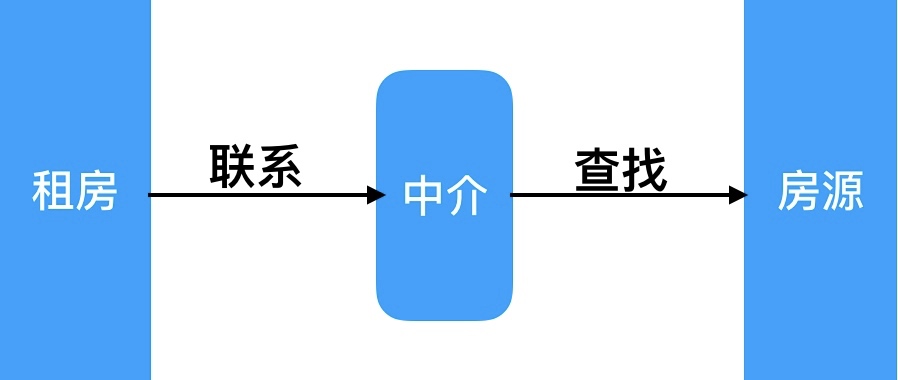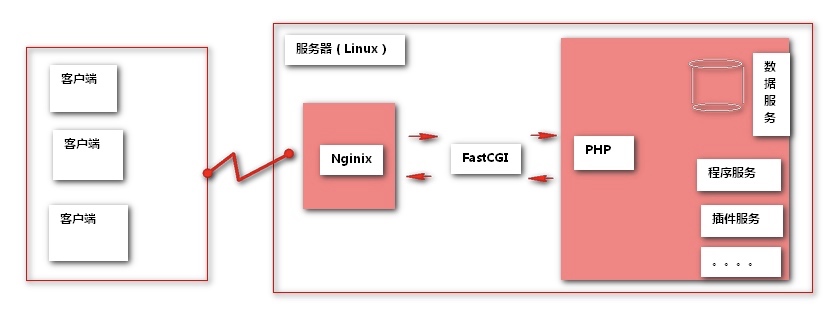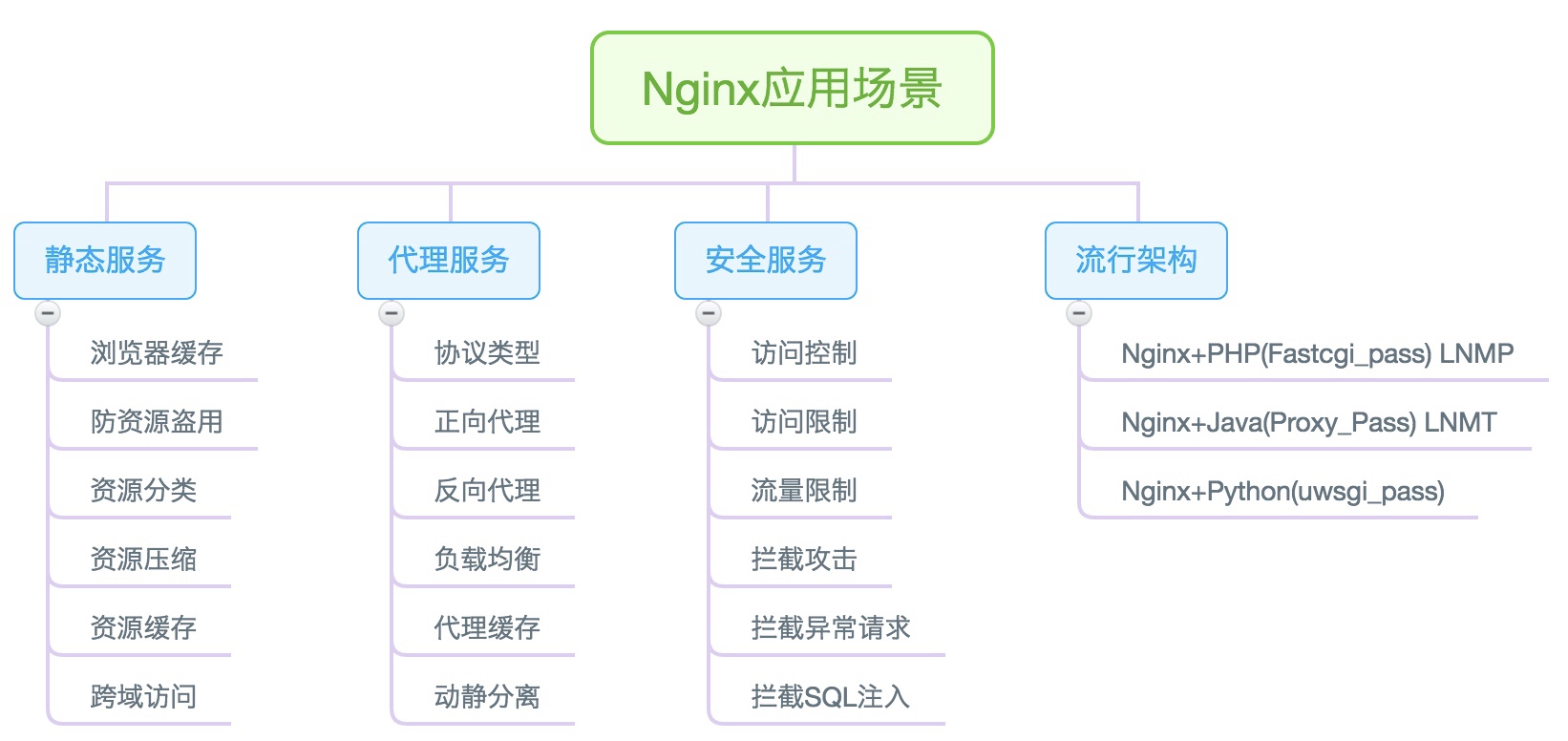两个指令用法相同,但含义不同,需要放到rewrite规则的末尾,用来控制重写后的链接是否继续被nginx配置执行(主要是rewrite、return指令)。
示例1(连续两条rewrite规则):
server{
listen 80;
server_name test.com;
root /tmp/123.com;
rewrite /1.html /2.html ;
rewrite /2.html /3.html ;
}
当我们请求1.html时,最终访问到的是3.html,两条rewrite规则先后执行。
break和last在location {}外部
格式:rewrite xxxxx break;
示例2(增加break):
server{
listen 80;
server_name test.com;
root /tmp/123.com;
rewrite /1.html /2.html break;
rewrite /2.html /3.html;
}
当我们请求1.html时,最终访问到的是2.html
说明break在此示例中,作用是不再执行break以下的rewrite规则。
但,当配置文件中有location时,它还会去执行location{}段的配置(请求要匹配该location)。
示例3(break后面还有location段):
server{
listen 80;
server_name test.com;
root /tmp/123.com;
rewrite /1.html /2.html break;
rewrite /2.html /3.html;
location /2.html {
return 403;
}
}
当请求1.html时,最终会返回403状态码,说明它去匹配了break后面的location{}配置。
以上2个示例中,可以把break替换为last,它们两者起到的效果一模一样。
当break和last在location{}里面
示例4(什么都不加):
server{
listen 80;
server_name test.com;
root /tmp/123.com;
location / {
rewrite /1.html /2.html;
rewrite /2.html /3.html;
}
location /2.html
{
rewrite /2.html /a.html;
}
location /3.html
{
rewrite /3.html /b.html;
}
}
当请求/1.html,最终将会访问/b.html,连续执行location /下的两次rewrite,跳转到了/3.html,然后又匹配location /3.html
示例5(增加break):
server{
listen 80;
server_name test.com;
root /tmp/123.com;
location / {
rewrite /1.html /2.html break;
rewrite /2.html /3.html;
}
location /2.html
{
rewrite /2.html /a.html;
}
location /3.html
{
rewrite /3.html /b.html;
}
}
当请求/1.html,最终会访问/2.html
在location{}内部,遇到break,本location{}内以及后面的所有location{}内的所有指令都不再执行。
示例6(增加last):
server{
listen 80;
server_name test.com;
root /tmp/123.com;
location / {
rewrite /1.html /2.html last;
rewrite /2.html /3.html;
}
location /2.html
{
rewrite /2.html /a.html;
}
location /3.html
{
rewrite /3.html /b.html;
}
}
当请求/1.html,最终会访问/a.html
在location{}内部,遇到last,本location{}内后续指令不再执行,而重写后的url再次从头开始,从头到尾匹配一遍规则。
结论
当rewrite规则在location{}外,break和last作用一样,遇到break或last后,其后续的rewrite/return语句不再执行。但后续有location{}的话,还会近一步执行location{}里面的语句,当然前提是请求必须要匹配该location。
当rewrite规则在location{}里,遇到break后,本location{}与其他location{}的所有rewrite/return规则都不再执行。
当rewrite规则在location{}里,遇到last后,本location{}里后续rewrite/return规则不执行,但重写后的url再次从头开始执行所有规则,哪个匹配执行哪个。






评论